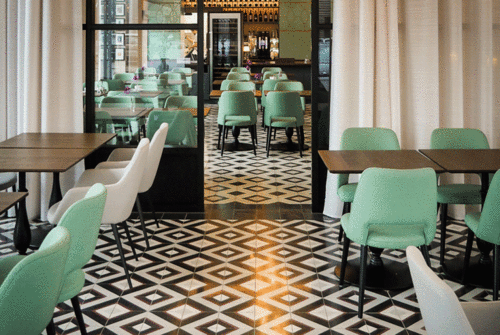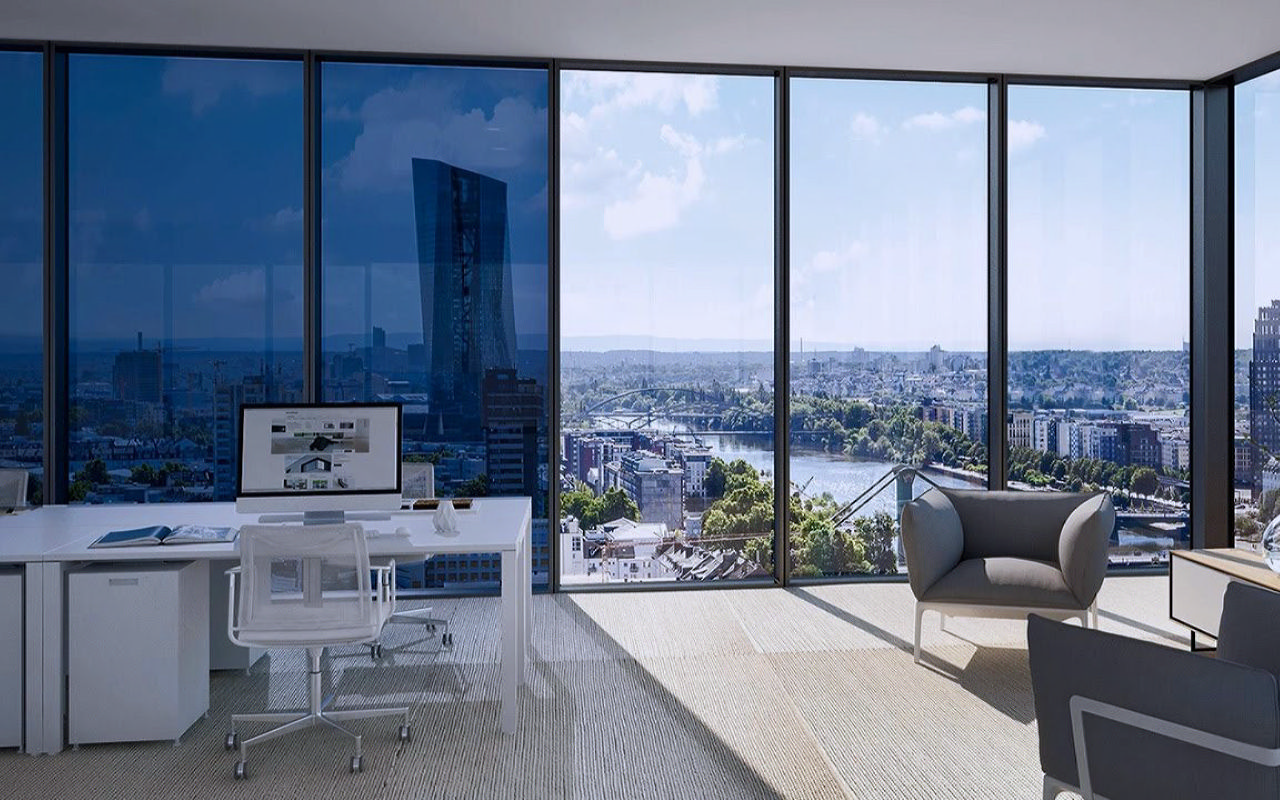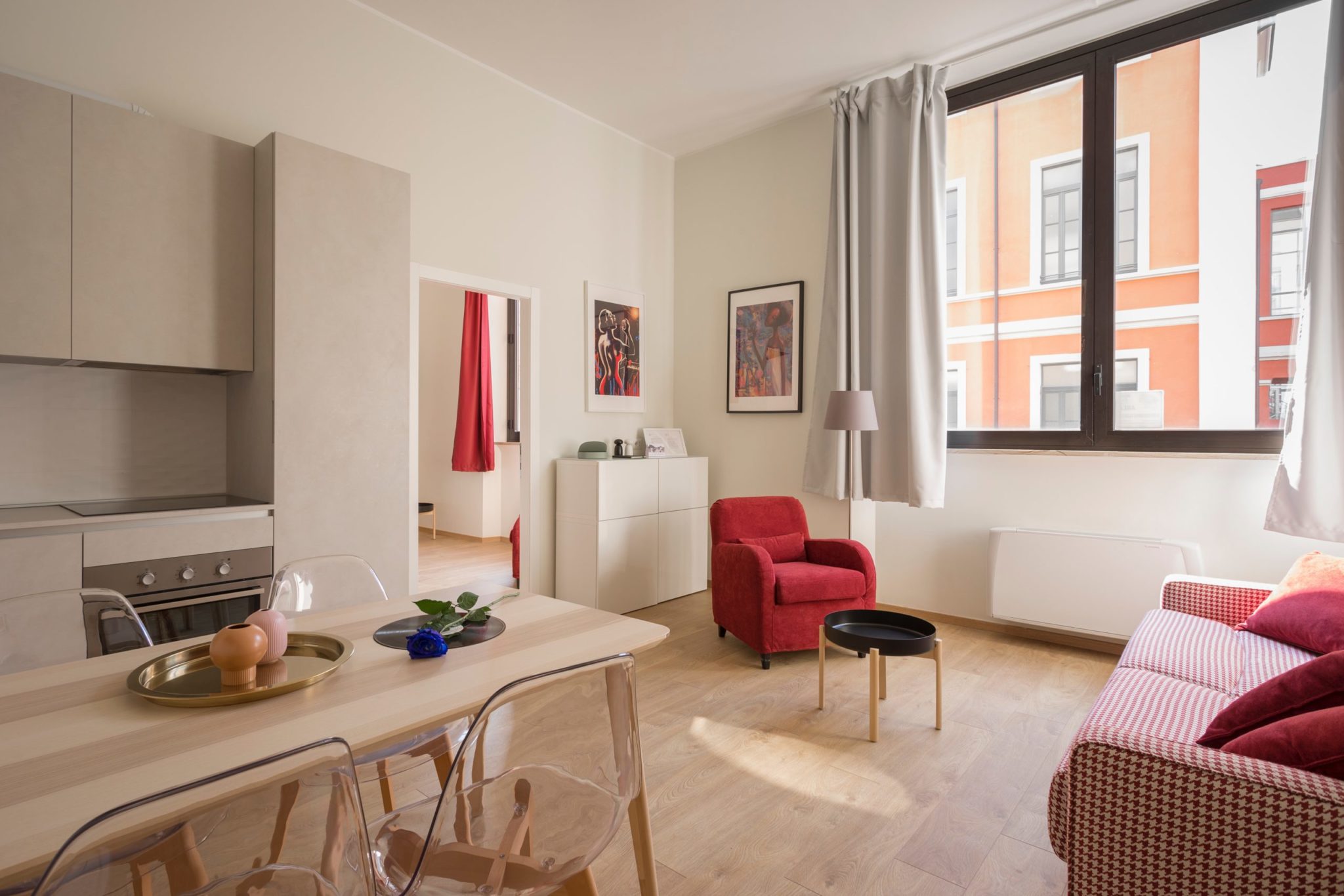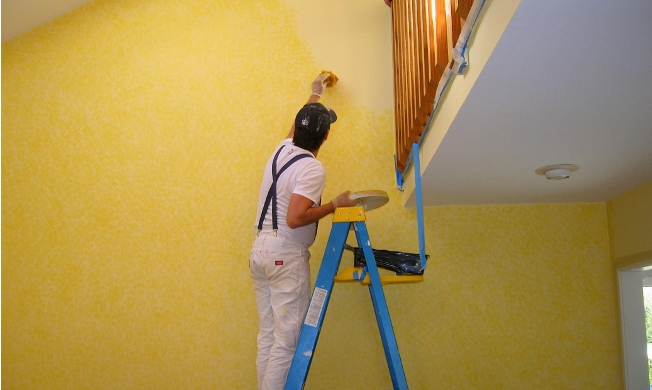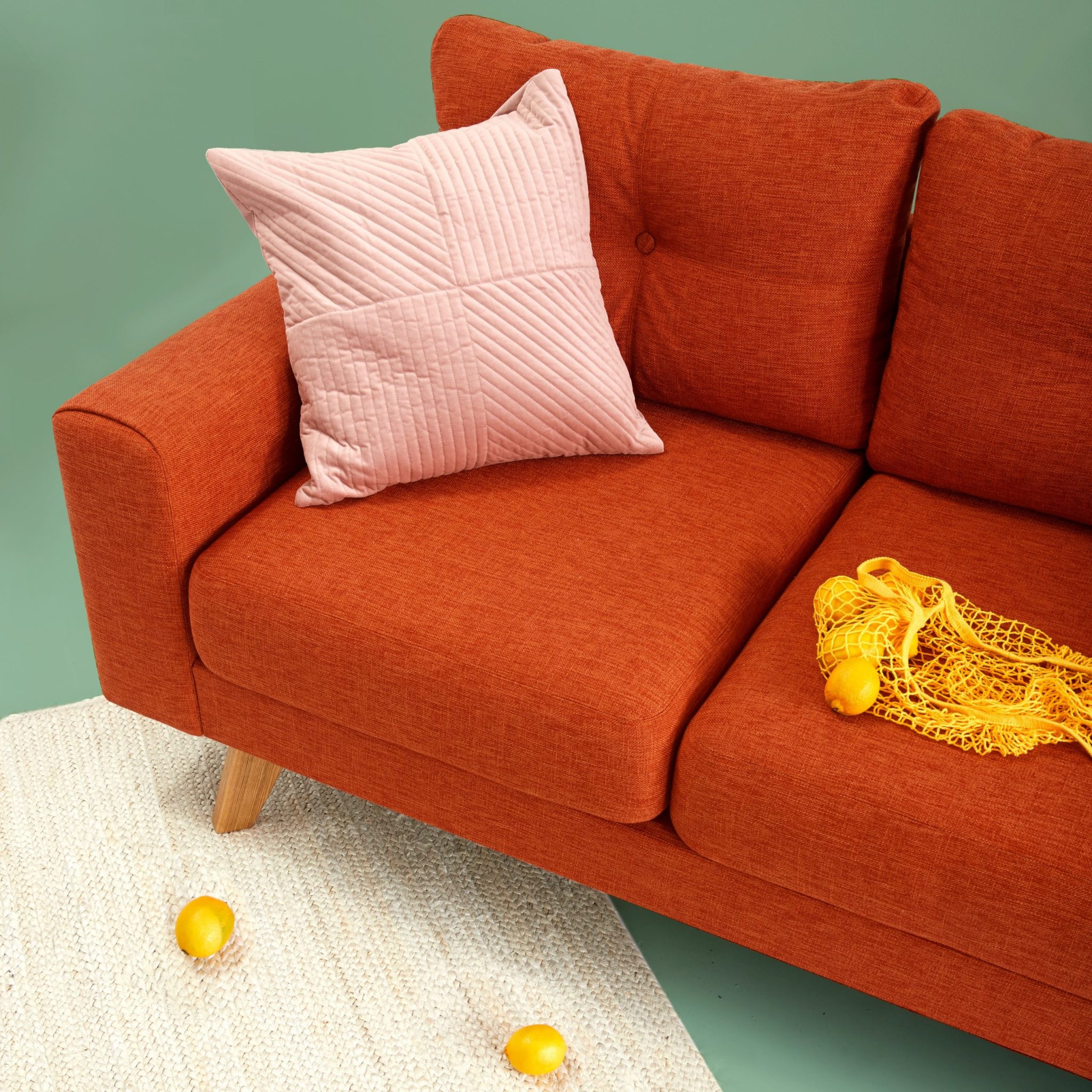Many properties in India from the 60s, 70s and 80s have concrete mosaic flooring. Older properties may even have the seamless in-situ concrete mosaic, which was later replaced by pre-fabricated concrete mosaic tiles. As a flooring material, concrete mosaic has many advantages – it’s cheaper, lasts incredibly long, and with appropriate polishing, can have a glossy shine that’s very attractive. It’s also quite eco-friendly – when the floor is concrete anyway, finishing it as polished concrete mosaic adds very little material and cost.
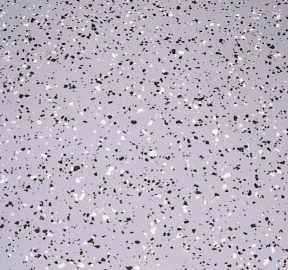
The problem, however, is that concrete mosaics are out of fashion. In-situ concrete mosaic is a lost skill today, and the multi-coloured concrete mosaic tiles are considered old-fashioned and cheap. Most renovations replace the flooring entirely, which is a shame as far as I am concerned. There are buildings of that period worth preserving, and when we do preserve them, we should celebrate their materials, not cover them up.
Enough about philosophy, however – let’s move on to practice. How do you integrate concrete mosaic into your contemporary interiors?
Highlight the Concrete Mosaic
The straightforward approach is to design around the flooring. Before you do this, do explore the possibilities of polishing your mosaic. There are specialist techniques available today that can provide a high-gloss finish to your concrete mosaic floor.
Most concrete mosaics, though colourful in close-up, are a shade of grey from a distance. Using grey as a key colour in your interior colour palette integrates the mosaic flooring neatly. Also, grey in the colour palette leads naturally to the in-vogue “industrial” aesthetic – a minimalistic approach to interior design, with expanses of exposed bare flooring, walls and roof. Palettes could be grey and white, with accents of green, orange or blue, as below. Always have grey as a major part of the interiors, as in steel furniture, or grey cushions, or walls – this palette only works with a preponderance of grey.

Other colour palettes are also possible. You can experiment with beige, orange and pebble grey, as below. This is more difficult to pull off successfully.

Tone down the concrete mosaic
In a situation where you want to retain your mosaic floor, but do not want to highlight it as it doesn’t look good enough, you can use large (and I mean large) rugs that use the mosaic colour as an offset. For example, in the image below the flooring would be unmemorable by itself, but with the large blue carpet, the space suddenly has impact.

Hide the concrete mosaic
If your concrete mosaic is undamaged and level, you could easily cover it up with another material. This is obviously more expensive and time-consuming than just polishing the concrete mosaic.
Vinyl Flooring
Vinyl flooring is the easiest to install on top of mosaic. It comes as thin sheets or tiles, and can be quickly installed by first cleaning the mosaic thoroughly, drying it, applying vinyl adhesive and then sticking the vinyl tile. It can be removed quite easily, by peeling off the tiles and using a solvent to remove the adhesive. Vinyl can be made to look like ceramic tile or wood, as below.

Wooden Flooring
Another option is to lay wooden flooring on top of the mosaic. For this, you first fix an underlay, a soft, resilient material that protects the wood and also compensates for slight unevenness in the base flooring. On top of the underlay, wooden plans are slotted in, and they are held down by the skirting on the walls. This type of flooring is also easily removable, as all you need to do is to remove the skirting to free the planks.

These are some of the easier options you have when faced with old concrete mosaic floors. Let us know what you did when renovating old properties.
To get more information & assistance, please submit the form below and our specialist will get in touch with you at the earliest.

